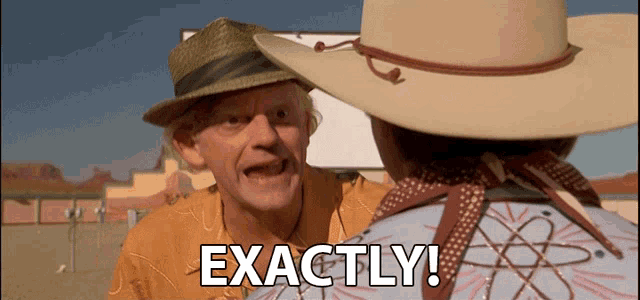When I was young, my mother showed me an educational book that had things like riddles, puzzles, and mental exercises in it. One of these entries had a short, mundane paragraph, followed by some form of “what was wrong with that text?”
It then explained that I had missed the word “the” being on the end of one line but also the start of the next line which, indeed, I did miss. It suggested that the human mind couldn’t see duplicate words split in such a way, at least in English, unless actively looking for them.
I now know that, while it did trick me, its theory was incorrect … Because I can’t not see “from from.”
Maybe you built up antibodies cause I didn’t notice at all.
Perhaps you are the
the chosen one
That seems likely.
That seems likely.
Spread the word!
Slap your theory on some linoleum tiles,
and deposit them on road surfaces.What, like some kind of toynbee tiles?
What, like some kind of toynbee tiles?

🤣
That that
Had had
Are proper English
Then there’s this https://en.m.wikipedia.org/wiki/Buffalo_buffalo_Buffalo_buffalo_buffalo_buffalo_Buffalo_buffalo
My brother started working for company that makes these things and now he points every little detail on them.
“Look at this insulator” “Look these anchor points are made at factory I visited last week” …
I would subscribe to his YouTube channel!
He does important work to keep railroads working I imagine then! I believe those are the tensioners for high voltage lines over trans and railways
Lol, mainly documentation and cad work. Dealing with architects if it is for trams or trolleybus lines, politicians and bureaucrats that makes the public orders and stuff like that.
FROM
FROM
double pulley, for added complexity
Yeah, memes following the format with top and bottom text very often have repeating word as a joke.
“Joke”
“Joke”
Its almost like we arw tought these things cos they have practical use cases.
Clearly you weren’t paying attention in English.
He sin
It has no practical use cases.
I was always better at maths. And dr gpt has solved the english issue.
Obviously
Isn’t this a tensioning device for an electric train?
What’s it pull?
Those are things that regulate the tension in the overhead cables on train tracks. With the variation of temperature cables tend to contract/expand and this systems allows the cables to do so freely with a constant tension provided by the weights.
These are so simple and yet so clever. When i noticed them the first time i started noticing them everywhere (on all rail infrastructure).
I as well. Seattle transit, NEC Amtrak and NJ transit live off of these. If these systems work for them, they’ll work for us all
Is it simple? It looks quite complicated, but maybe that’s just me forgetting how to compute forces.
simple in that it’s just a clever series of wires and pulleys, not some sort of digital adjustment device, i suppose
Also, you are looking at a few different wires at once here. Each separate wire is tensioned with a mechanism with a few moving parts.
In case people don’t want to click a link, let me explain it here:
If you want to use overhead line electrification, you need to suspend a wire over the rails. In theory, you could simply hang up a wire, but whichever amount of tension you choose, if it’s warmer outside, the wire will droop, potentially causing damage, while if it’s colder outside, the wire will pull taut and may snap. So you want a system to account for external temperature.
Instead of picking a tension at a standard installation temperature, you pick an amount of desired tension and use weights to pull it taut. Now, if the wire heats up and extends, the weights drop, and if the wire cools down and contracts, the weights are pulled up.
And to keep the amount of weight you need to add under control, you use a series of pulleys to control the tension in the wire.
In NL, the mainline system looks a lot simpler: They have only one wheel, but that’s two pulleys: a larger one and a smaller one. The larger one holds the weight, while the smaller one holds the wires.
With the previous ELI12 under control, let’s ELI>12 overhead line catenary a little more. For instance, why do you need tension in the first place?
Fact of the matter is that using a rigid conductor is problematic with high voltage AC (skin effect and such), plus it’s more visually intrusive than wires. Meanwhile, a wire will sag, regardless of how much tension you can practically apply. So you need a few devices to help keep the wire at height.
For one, the wire is supported every few dozen metres. Secondly, there’s a second wire strung above the first one. And while both wires are pulled taut, there are dropper wires between the upper and lower wires, which vary in length. Longer near the poles, while at the shortest near the middle between two poles, which creates a structure similar to a suspension bridge to keep the contact wire within a tight margin of vertical space.
The train duh
Looks like part of the tension system on a rope tow style ski lift.
Drag believes this is from an electric railway. The pulleys and weights keep the cable taut so the train can stay connected to it at high speeds.
Catenary is the magic word here
Yes, this is why we study physics.
Tallinn?
And the weights are like a bigger version of the weight-hangers from science classes.










